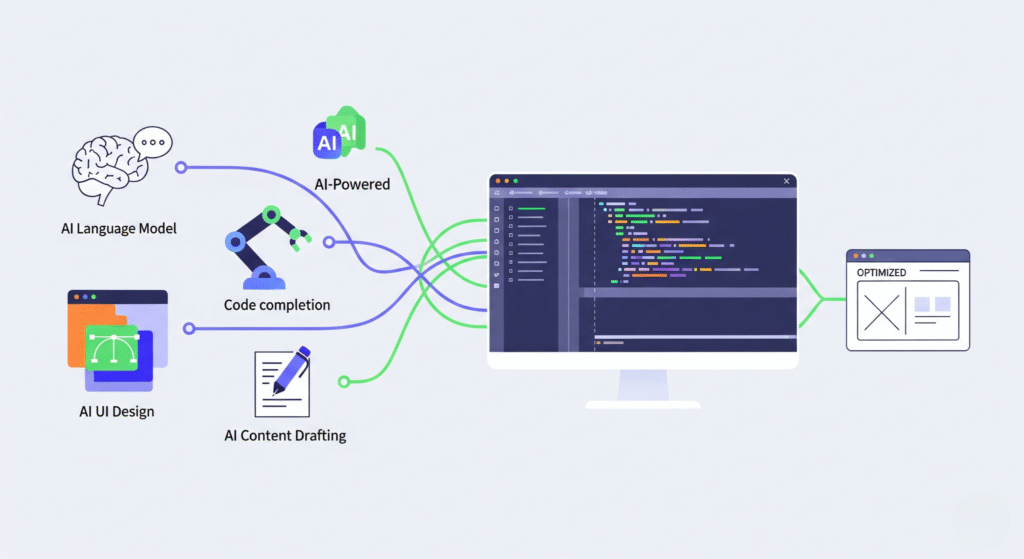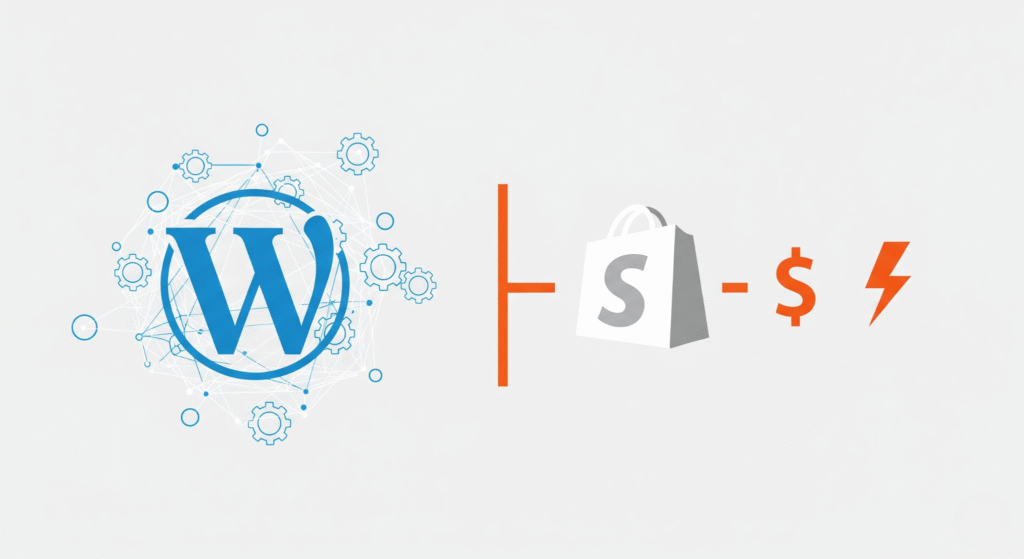Shopify’s default drag-and-drop setup works well for beginners, but professional brands need more control. That’s where custom sections come in enabling you to build scalable, reusable layouts optimized for both speed and SEO.
Why Custom Sections Matter in 2025
In today’s competitive eCommerce landscape, performance and structure are everything. Custom Liquid-coded sections provide:
- Semantic HTML output for better Google understanding
- Lean codebases that load faster and eliminate unused CSS or scripts
- Customizable components that reduce theme-wide changes
This means better ranking signals, higher engagement, and smoother user journeys.
Common Custom Section Use Cases:
- Product comparison grids for top-tier SKUs
- FAQ sections with accordion behavior
- Trust badges and guarantee sections
- Feature callouts with icon + copy blocks
These components don’t just improve UX; they serve content in formats that search engines favor.
Liquid Code Example – Trust Badge Section
{% schema %}
{
"name": "Trust Badge",
"settings": [
{ "id": "image", "type": "image_picker", "label": "Badge Icon" },
{ "id": "text", "type": "text", "label": "Caption" }
]
}
{% endschema %}
<div class="trust-badge">
<img decoding="async" src="{{ section.settings.image | img_url: 'medium' }}" alt="Trust Badge">
<p>{{ section.settings.text }}</p>
</div>
This outputs a clean, SEO-friendly block with an image and a caption, perfect for conveying trust on product pages.
SEO Tip:
Pair each section with structured data (e.g., FAQPage, Product, or Review) in JSON-LD format where applicable. This improves rich snippet eligibility and reduces crawl confusion.
“Liquid gives you structure, speed, and semantic control the real SEO trifecta.”
Thoughts:
Custom sections are more than just a development trick they’re a strategic asset. Brands serious about UX and SEO should treat them as part of their technical foundation.






